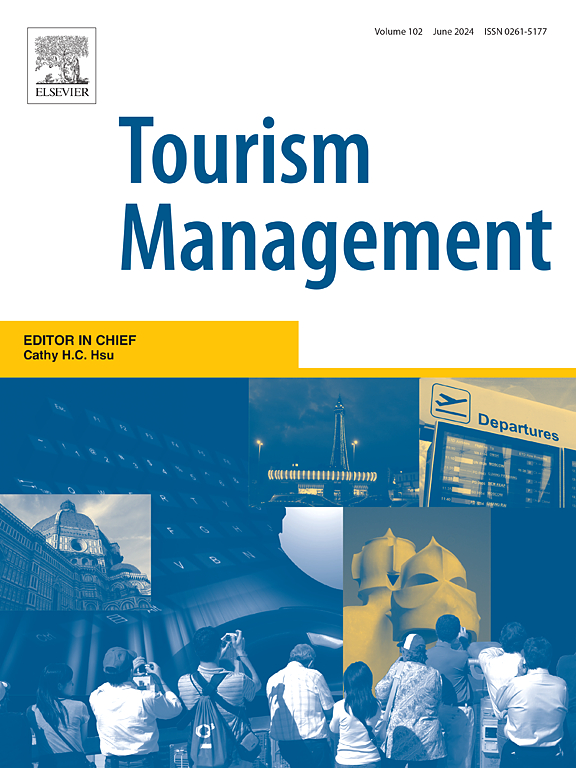北美跨境旅游:混合深度学习框架与宏观经济指标
IF 12.4
1区 管理学
Q1 ENVIRONMENTAL STUDIES
引用次数: 0
摘要
本研究提出了一个混合预测框架,旨在预测美国、加拿大和墨西哥之间的边境旅游流量。该模型结合了模糊马尔可夫链、隐马尔可夫模型和基于注意力的深度学习架构(rnn、gru和cnn),捕捉了四十多年来汇率波动与更广泛的宏观经济状况之间复杂而动态的相互作用。结果表明,游客行为受当前经济指标和长期经济记忆的共同影响,注意机制为消费和到达趋势提供了可解释的见解。SUOS模型优于传统的预测方法,显示出优越的准确性和可扩展性。它的可解释性还使利益相关者能够了解哪些经济因素推动了旅游需求,从而支持季节性规划、营销时机和政策制定等实际应用。通过将宏观经济模型与先进的人工智能相结合,本研究为在日益不确定的全球经济中预测旅游业的变化提供了一个强大的自适应工具。本文章由计算机程序翻译,如有差异,请以英文原文为准。
Cross-border tourism in North America: A hybrid deep learning framework with macroeconomic indicators
This study proposes a hybrid predictive framework designed to forecast border tourism flows among the United States, Canada, and Mexico. Combining Fuzzy Markov Chains, Hidden Markov Models, and attention-based deep learning architectures (RNNs, GRUs, and CNNs), the model captures the complex and dynamic interplay between exchange rate volatility and broader macroeconomic conditions over forty years. Results show that tourist behavior is shaped by both current economic indicators and long-term economic memory, with attention mechanisms offering interpretable insights into spending and arrival trends. The SUOS model outperforms traditional forecasting approaches, demonstrating superior accuracy and scalability. Its interpretability also enables stakeholders to understand which economic factors drive tourism demand, supporting practical applications such as seasonal planning, marketing timing, and policy formulation. By bridging macroeconomic modeling with advanced AI, this research offers a robust and adaptive tool for anticipating tourism shifts in an increasingly uncertain global economy.
求助全文
通过发布文献求助,成功后即可免费获取论文全文。
去求助
来源期刊

Tourism Management
Multiple-
CiteScore
24.10
自引率
7.90%
发文量
190
审稿时长
45 days
期刊介绍:
Tourism Management, the preeminent scholarly journal, concentrates on the comprehensive management aspects, encompassing planning and policy, within the realm of travel and tourism. Adopting an interdisciplinary perspective, the journal delves into international, national, and regional tourism, addressing various management challenges. Its content mirrors this integrative approach, featuring primary research articles, progress in tourism research, case studies, research notes, discussions on current issues, and book reviews. Emphasizing scholarly rigor, all published papers are expected to contribute to theoretical and/or methodological advancements while offering specific insights relevant to tourism management and policy.
 求助内容:
求助内容: 应助结果提醒方式:
应助结果提醒方式:


